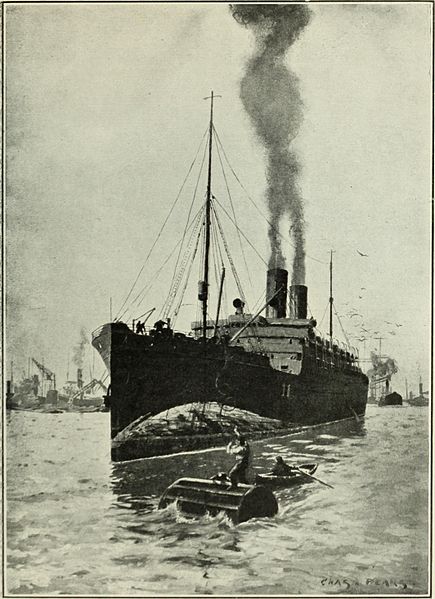
I just liked this — during World War I, the British painted false bow waves on the sides of their transport ships to deceive German submarines as to their speed.
From The Times History of the War, 1917.

I just liked this — during World War I, the British painted false bow waves on the sides of their transport ships to deceive German submarines as to their speed.
From The Times History of the War, 1917.
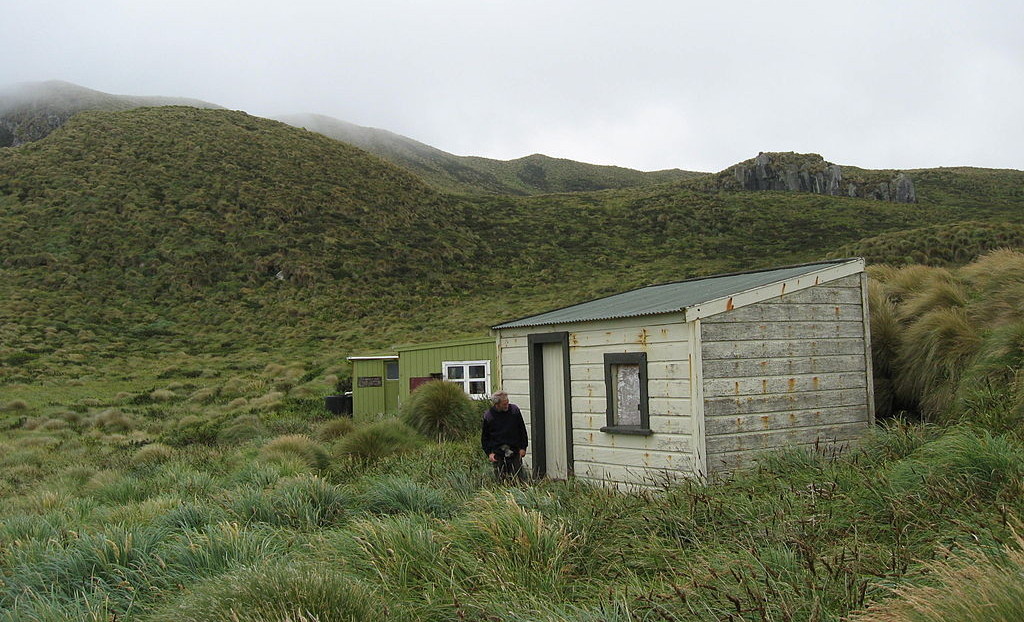
Following a series of shipwrecks in the 19th century, the government of New Zealand began to establish huts on remote subantarctic islands for the use of castaways, who otherwise might die of starvation or exposure.
The depots were stocked with firewood, rations, clothing, hunting and fishing equipment, medicine, and matches. Some included boat sheds, and steamers visited each island twice a year. To discourage opportunistic thieves, the government posted warnings on the provisions; one read, “The curse of the widow and fatherless light upon the man that breaks open this box, whilst he has a ship at his back.”
The project was discontinued after about 1927 as radio technology improved and the old clipper route fell out of use, but the depots were proving their value as late as 1908, when 22 crewmembers from the French barque President Félix Faure were shipwrecked in the Antipodes Islands. A depot there helped to sustain them until they could signal a passing warship.
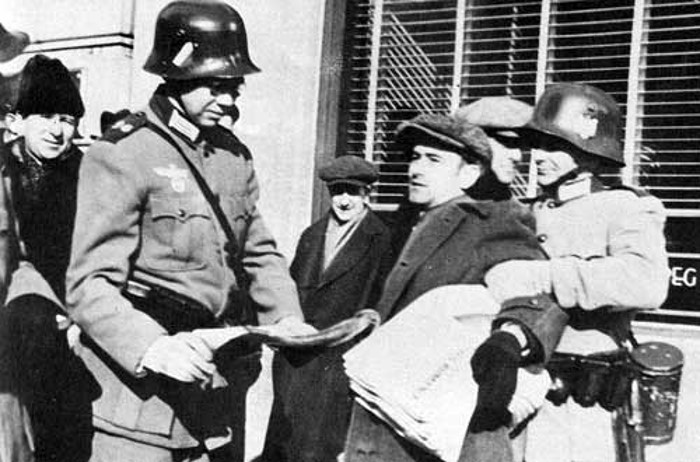
In 1942, Manitoba chose a startling way to promote the sale of war bonds — it staged a Nazi invasion of Winnipeg. For one gripping day, soldiers captured the city, arrested its leaders, and oppressed its citizens. In this week’s episode of the Futility Closet podcast we’ll describe If Day, which one observer called “the biggest and most important publicity stunt” in Winnipeg’s history.
We’ll also consider some forged wine and puzzle over some unnoticed car options.
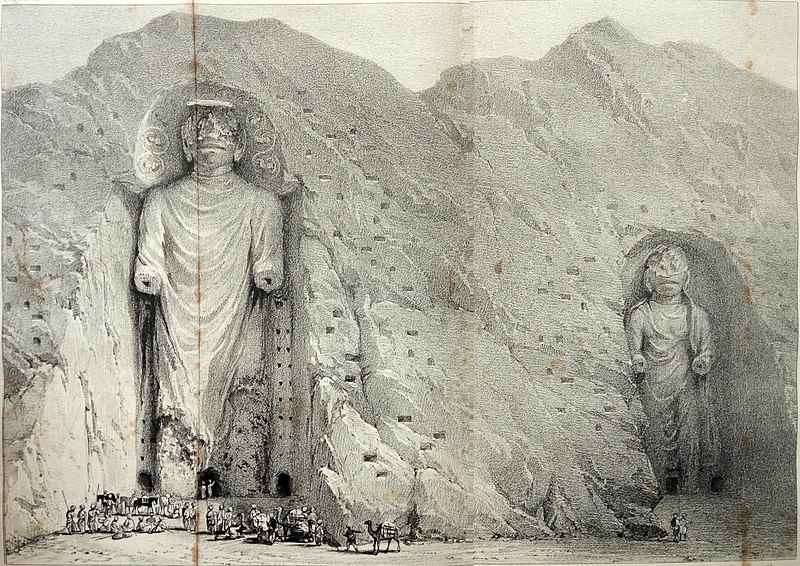
Exploring the caves above the 53-meter statue of Gautama Buddha in the Bamyan valley of Afghanistan in the 1930s, a French archaeological delegation found this message scrawled on a wall:
If any fool this high samootch explore
Know Charles Masson has been here before.
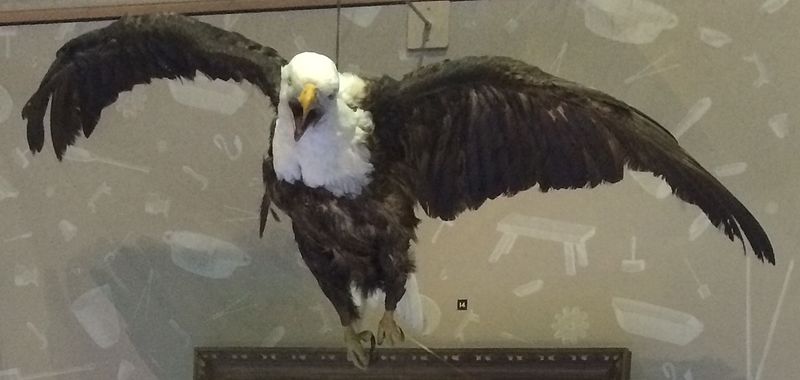
This is almost comically American: Between 1830 and 1836, a bald eagle lived at the Philadelphia Mint. Named Peter, he would roam the city by day and roost in the mint at night. Fatally injured in a coining press, he was stuffed and mounted and is currently on display in the lobby.
He is said (uncertainly) to have been the model for the eagle on U.S. silver dollars issued between 1836 and 1839 and the Flying Eagle cents of 1856-1858.
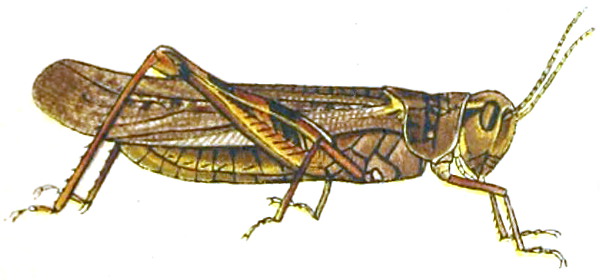
In the 1870s, new farmsteads on the American plains were beset by enormous swarms of grasshoppers sweeping eastward from the Rocky Mountains. The insects were a disaster for vulnerable farmers, attacking in enormous numbers and devouring everything before them. In this week’s episode of the Futility Closet podcast we’ll describe the grasshopper plagues and the settlers’ struggles against them.
We’ll also delve into urban legends and puzzle over some vanishing children.
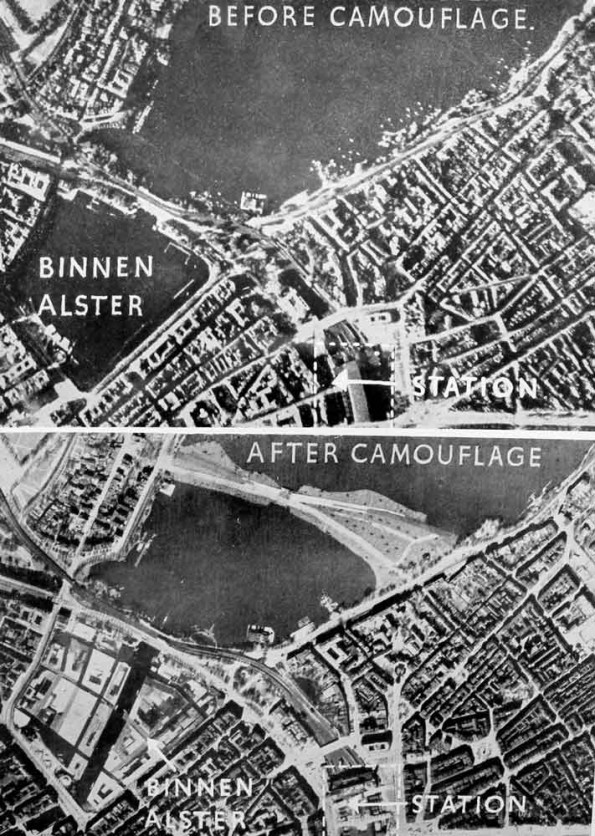
In order to confuse enemy aircraft during World War II, the residents of Hamburg disguised the Binnenalster, a lake in the main business district, as terrain and built a dummy viaduct parallel to the real viaduct, in effect “moving” an attractive target to a less vulnerable location.
Unfortunately the work was done in daylight and the change was too dramatic to be convincing. “Even so, the protection must have been of real value at least in Hamburg, where the addition of a dummy viaduct, displaced from, but parallel to, the real (Lombard’s) viaduct may have contributed to saving the latter very vital rail and transportation link.”
(U.S. Strategic Bombing Survey, Civilian Defense Division Final Report: Dates of Survey: 15 Jan.-15 Aug. 1945, 1947.)
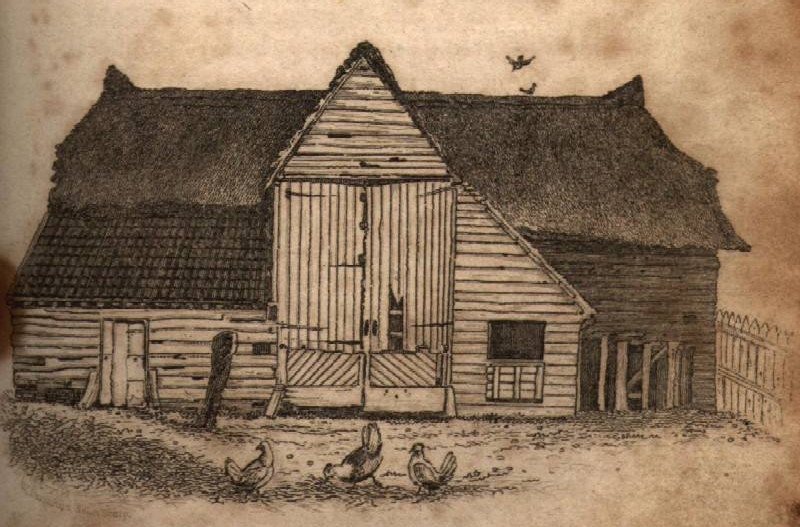
When Maria Marten disappeared from the English village of Polstead in 1827, her lover said that they had married and were living on the Isle of Wight. But Maria’s stepmother began having disturbing dreams that hinted at a much grimmer fate. In this week’s episode of the Futility Closet podcast we’ll tell the story of the Red Barn, which transfixed Britain in the early 19th century.
We’ll also encounter an unfortunate copycat and puzzle over some curious births.

The names of 72 French scientists, engineers, and mathematicians are engraved on the Eiffel Tower, under the first balcony, in letters about 60 cm high:
Petiet • Daguerre • Wurtz • Le Verrier • Perdonnet • Delambre • Malus • Breguet • Polonceau • Dumas • Clapeyron • Borda • Fourier • Bichat • Sauvage • Pelouze • Carnot • Lamé • Cauchy • Belgrand • Regnault • Fresnel • De Prony • Vicat • Ebelmen • Coulomb • Poinsot • Foucault • Delaunay • Morin • Haüy • Combes • Thénard • Arago • Poisson • Monge • Jamin • Gay-Lussac • Fizeau • Schneider • Le Chatelier • Berthier • Barral • De Dion • Goüin • Jousselin • Broca • Becquerel • Coriolis • Cail • Triger • Giffard • Perrier • Sturm • Seguin • Lalande • Tresca • Poncelet • Bresse • Lagrange • Belanger • Cuvier • Laplace • Dulong • Chasles • Lavoisier • Ampère • Chevreul • Flachat • Navier • Legendre • Chaptal
Gustave Eiffel added the names when artists had protested against the tower on aesthetic grounds. But the choice of the honorees is itself open to criticism: None of the 72 are women, and none has a name longer than 12 letters.
In September 1914, three ships from Britain’s 7th Cruiser Squadron were on patrol in the North Sea to prevent the Imperial German Navy from entering the English Channel to interrupt supply lines between England and France.
Fifteen-year-old midshipman Wenman Wykeham-Musgrave was aboard HMS Aboukir when the German U-boat U-9 attacked. His sister recalled in 2003:
“He went overboard when the Aboukir was going down and he swam like mad to get away from the suction. He was then just getting on board the Hogue and she was torpedoed. He then went and swam to the Cressy and she was also torpedoed. He eventually found a bit of driftwood, became unconscious and was eventually picked up by a Dutch trawler.”
U-9 had sunk all three cruisers, killing 1,500 men. Wykeham-Musgrave was eventually rescued by a Dutch trawler.